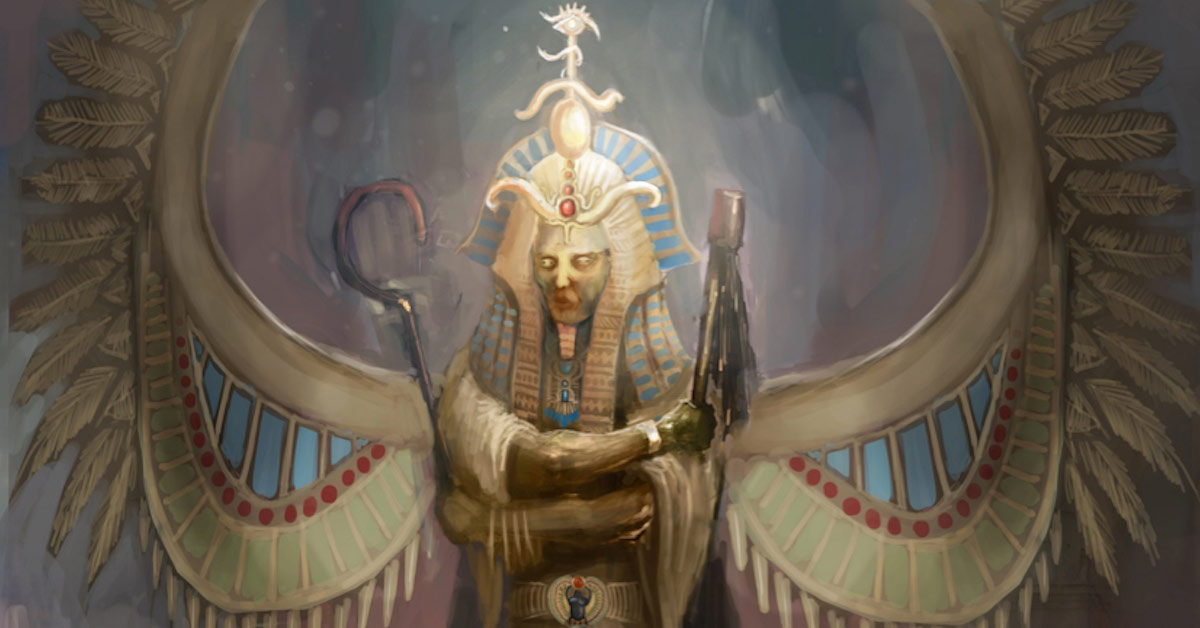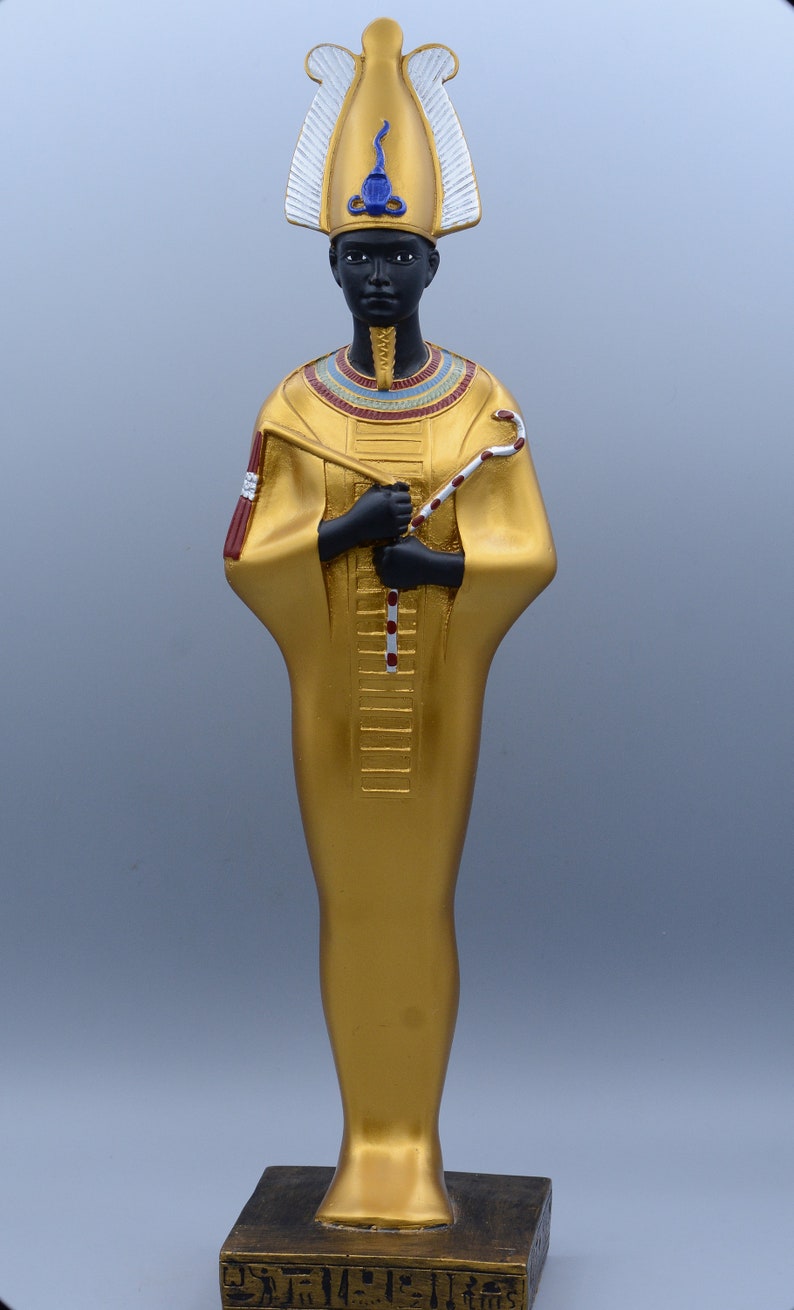

Together, they were powerful forces of creation. Geb was the god of the earth and Nut was the goddess of the sky. Geb and his sister Nut were born intertwined and resisted all efforts to separate them. He created Shu, the god of the air, and Tefnut, the goddess of moisture. They were the creators of the world and everything that lived on it, including humankind, and were the first rulers of Egypt.Īccording to the creation myth from Heliopolis, an androgynous god called Atum emerged from the primordial waters. In the mythology of Heliopolis, a group of nine deities called the Ennead were the supreme beings.

In ancient times, Heliopolis was a center of both political and religious power at different points in its history. Many of the most well-known myths came from Heliopolis, an important ancient city on the site of modern-day Cairo. Over the thousands of years that its culture flourished, ancient Egyptian mythology often included different legends, gods, and interpretations of the world. While Geb was a powerful source of authority and life, he was also a disinterested god who could destroy a mighty kingdom without a thought. The Egyptian view of the earth god was therefore a complex one. While the valley produced enough food to feed an empire, it was boarded by a harsh desert that was associated with death. The unique geography and culture of Egypt meant that the earth was seen as both hostile and life-giving. Though sometimes seen only as the god of the fertile Nile Valley, he had a broader role as the god of the entire landscape. One of the principal gods of Heliopolis, Geb represented the land of Egypt itself. In contrast to the Mother Earth archetype common around the world, Geb was the male god of the earth’s virility. Every year, a huge procession is held and an image of Osiris is carried from his temple to his tomb, and back.Ancient Egypt was one of the few cultures that depicted the fertile earth as a male deity. It is also where Osiris’ tomb is said to be, which made Abydos a pilgrimage site for Egyptians who wished to be buried as close to his tomb as possible.Ī temple at Abydos was dedicated to Osiris. Osiris Egyptian god tombĪbydos is where the earliest kings of Egypt are believed to have been buried. He was worshipped for thousands of years from before the Early Dynastic Period (3150-2613 B.C.) to the Ptolemaic Dynasty (323-30 BCE). Osiris was also known as The Lord of Love, King of the Living, and Eternal Lord. It was believed that looking like Osiris would remind them of the god and drive away dark spirits by fooling them into thinking the deceased king was the great god himself. The image of Osiris as a mummy served as the precedent to the mummification of pharaohs to resemble Osiris. He also wore the atef-crown, made up of the white crown of Upper Egypt and two ostrich feathers. One hand held a crook, symbolizing his authority, and the other, a flail, representing the fertility of his land. He was regarded the all-merciful, forgiving, and just judge of the dead who was responsible for one’s life on earth and in the afterlife.īeing Judge of the Dead, Osiris is frequently depicted as a mummy, with his arms crossed on his breast. Osiris was known by many names such as Wennefer, “The Beautiful One” and as judge of the dead, Khentiamenti. While kings of Egypt identified with Horus during life, they were associated with Osiris in death. Horus is also one of the most famous gods of Egypt.Īs king of Egypt, it was Osiris who established the cultural values that future kings were sworn to uphold. He was also the father of Horus, who avenged his death by killing Seth and became king of Egypt. Osiris was king of Egypt, brother and husband of Isis, the most powerful goddess in ancient Egypt. This myth, and the gods involved, is the most significant story in Egyptian mythology. When Seth discovered the body hidden by Isis, he chopped it up into fourteen pieces and threw them all over Egypt, hoping they would never be found. Isis found her husband’s body and brought it back to Egypt. He murdered his brother, placed his body in a chest, and let it drift out to sea.

When Osiris became king of Egypt, he married his sister Isis. He had a brother named Seth, and two sisters, Isis and Nephthys. His parents were Geb, god of the earth, and Nut, goddess of the sky. Osiris was also the god of resurrection and fertility. Osiris was the god of the underworld and the afterlife. The name Usir means ‘powerful’ or ‘mighty’. Osiris Egyptian god, or Usir, is one of the most important gods of ancient Egypt.


 0 kommentar(er)
0 kommentar(er)
